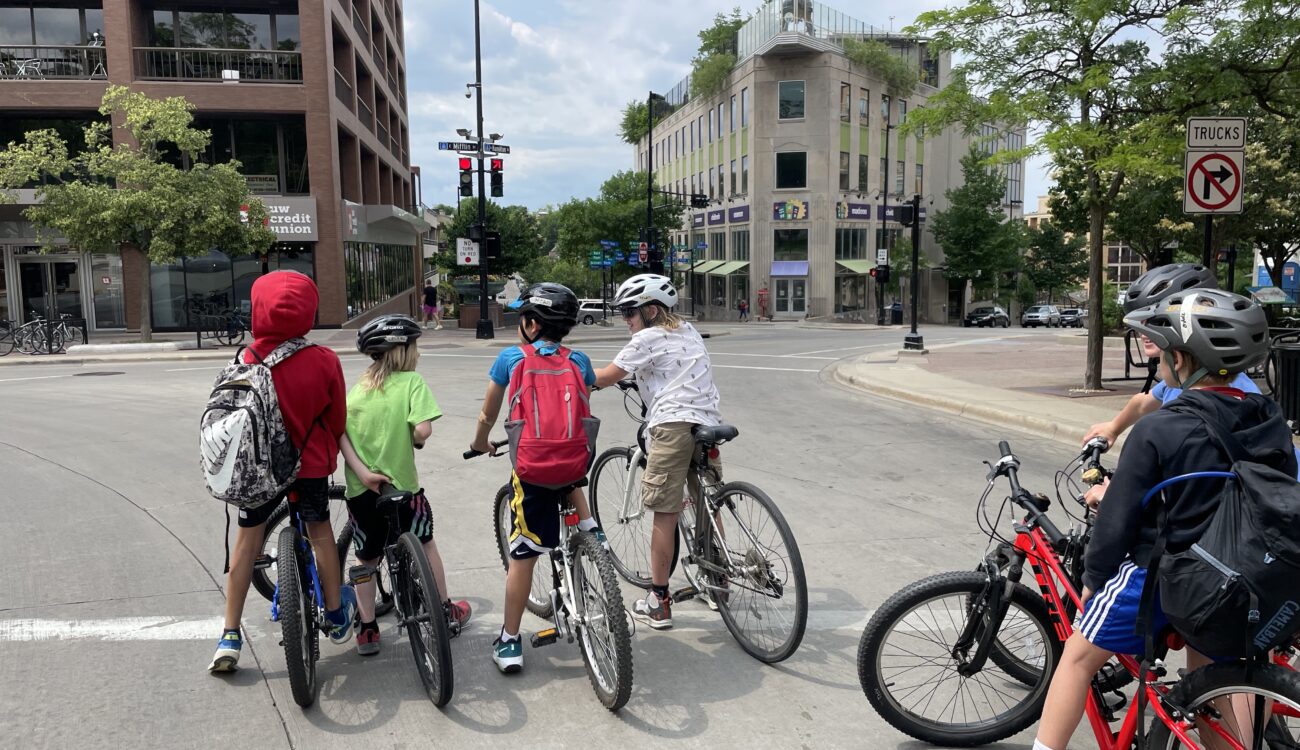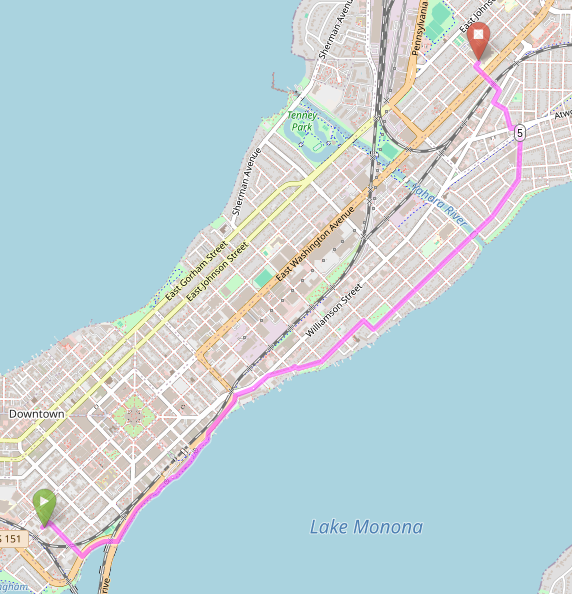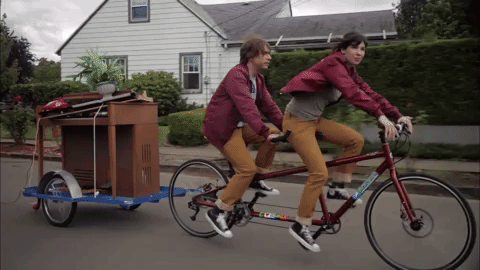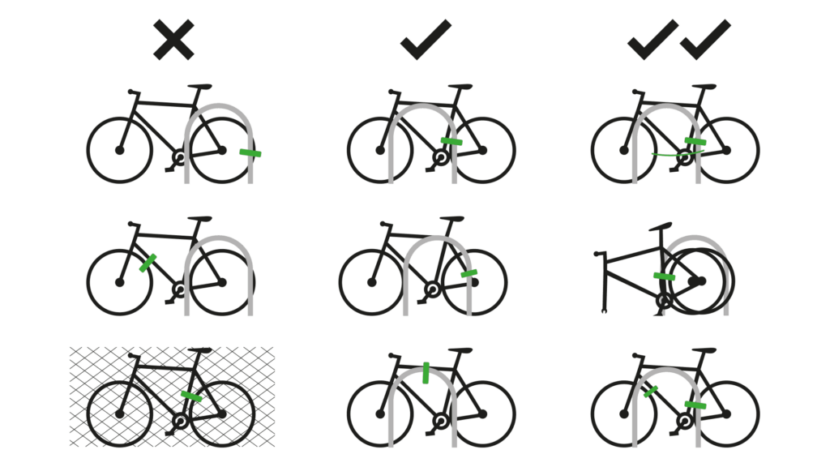
So You Want to Start Biking to School…
It seems like the summer flew by and it’s the start of another school year. Perhaps you are thinking of biking to school this year. Or that your child can bike to school this year. How should you prepare? You are in the right place! Read on for our tips and suggestions to set yourself up to bike to school.
Why would you want to bike to school?
- Independence – students that walk or bike themselves to school build their own independence and develop a mental map of their neighborhood.
- Community – students that walk or bike to school often find friends to travel with, and spending the start and end of your day with your friends is the best!
- Cost – In terms of both money and time, walking and biking to school can be much more cost efficient than a parent driving students to school.
- Exercise – starting your day with physical activity is great to get your blood flowing before the school day and helps to relieve the stress after the school day. This is particularly true when you sit all day in class.
- Neighborhood impacts – walking or biking to school reduces traffic congestion and air pollution!
What should you consider when deciding to walk or bike to school?
Route:
The main consideration is your route to school. How far is it? What are the streets, sidewalks, and bike paths you will take to get there? A safe route is one that minimizes crossing and riding on multi-lane roads with fast car traffic. If you do have to cross one of these roads, try to do so at a traffic light or an RRFB (Rectangular Rapid Flashing Beacon).
Google Maps and Apple Maps can both generate bike and walk directions, but sometimes they choose less than ideal routes. Madison and Milwaukee both have published their “low stress bike route finder” maps. Brouter (“bike router”) is a website that can generate multiple different route options for you to consider with different safety profiles. Try scouting out different potential routes on a day when you don’t have school.
If there’s not a great route, or if your route has a dangerous intersection you’d like to be improved, reach out to your municipality’s traffic engineers to fix it! We can help with that advocacy, too.

Bike Safety:
The best thing you can do for safety is choose a good route. But for any route, there are a number of easy skills you can master to make your bike ride safer. We outline them here in a series of videos. To summarize:
- Ride on the right side of the road
- Be predictable and follow the rules of the road
- Signal when you turn and stop
- Look over your shoulder for cars
- Make eye contact with drivers to make sure they see you
- Wear a helmet
Carrying things:
A school backpack will work great, particularly to start, but you might consider other options to avoid a sweaty back. You can put a milk crate on your bike to hold your backpack, or buy waterproof biker panniers (your local bike shop can help you pick one), or build your own DIY kitty litter panniers. As you start to bike to school, you’ll figure out the system that works for you.

Is your bike working:
You need a reliable way to get to school. If you decide to bike to school, your bike is not a toy, it is your vehicle and it needs to work. Every day. Before riding your bike, do an ABC Quick Check. Here’s a video and a description that describes how to do that. If your bike has a flat tire, you can fix it yourself! Some tools that will be useful to own are:
- hex key set or wrenches (depending on what your bike uses)
- tire lever
- air pump
- extra inner tube
- chain lube
Those tools plus the Park Tool YouTube videos and you can fix many common things on your bike. For anything more complicated, bring your bike to your local bike shop.
Locking your bike:
How you store your bike at home and at school is important. Try to keep it out of the weather (which might be difficult or impossible) and secure. If you are going to rely on your vehicle, it really throws a wrench in your plans to walk out of school and find your bike has been stolen. We recommend getting a U-lock and using this guide for how to lock your bike:

Weather:
Make a plan for the rainy days, the snowy days, the hot and humid days. Will you bike in a raincoat? Or get soaked and bring a change of clothes? Do you have gloves for when we get a crisp fall morning?
Backup plans:
Even with the best plans, sometimes your need a backup mode of transportation. What does the bus ride home look like? Is there a friend or relative that can offer you an emergency ride? Can you walk in a pinch? Think through your backup before you need it.
We hope this info is helpful for safe school year rides! Interested in more?
For folks who work at or have a child attending school in Milwaukee or Dane County: If your school is interested in supporting or promoting “bike to school days” or wishes to host our education team, please reach out to info@wisconsinbikefed.org and we will put you in touch with the right staff.
For residents outside of Milwaukee or Dane County: Although we do not have staff in other areas of the state to provide direct education to school kids at this time, we may be able to provide some resources or connections for you. Please send inquiries to info@wisconsinbikefed.org.